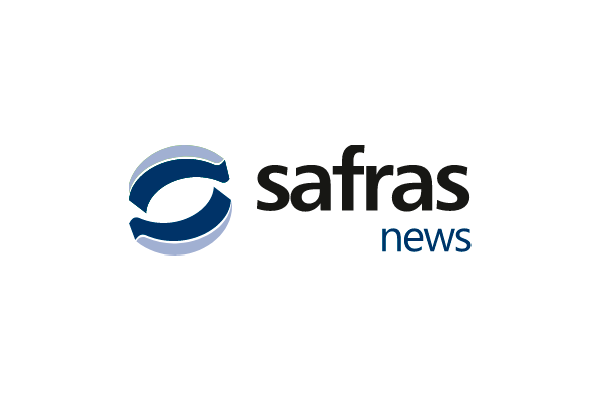Porto Alegre, May 15, 2023 – In these price inversion cycles of corn, which is not the first and will not be the last, it is customary for the Brazilian market to ask for help from the government. It should be remembered that despite the price highs of recent years, the government did not feel like adopting internal measures to contain corn prices in order to collaborate with the consumer sector. Now, after three years of high prices, corn and soybeans are on a downward price curve.
Unfortunately, the sales decisions adopted by growers, often following non-professional market information, contribute to the scenario of falling prices, as a result of the delay in soybean sales and the slow trading of the 2023 second corn crop. In this environment, exports are the only variable that will be able to correct the price trajectory and avoid greater pressures, since the government does not have budget to generate any equalization of internal prices.
After the confirmation from the USDA report of a fully bearish bias for the CBOT and the possibility of losing the level of USD 5.00/bushel at any time, the Brazilian domestic market seems to have understood that there is a need for some new variable to invert the external price scenario. As we pointed out in our last issue, the expected market bottom is USD 4.30/bushel for December on the CBOT, at the US harvest. If the US crop progress continues well, could this bottom arrive before the harvest? Probably. And this implies pointing to bad prices in Brazilian ports and difficulty in the formation of internal prices.
There is still the 2023 second crop factor. For May, no frost is forecast, only less regional rainfall but without changing the profile of the national crop. June has shown little possibility of a catastrophic frost for second-crop regions of Paraná and Mato Grosso do Sul, in particular. And this begins to remove from the market a variable that could at least bring some momentary price recovery.
Harvests in Mato Grosso and Goiás should start at the end of 2023. Sales are beginning to improve with trading companies routinely offering prices every day as an option for producers. Business starts to advance to the 2023 second crop in both states. In Mato Grosso, there have been many deals between BRL 38/41, in some cases FOB, and in others CIF for ethanol industries. In Goiás, some trades between BRL 45 and 49 with varied shipments in the second half of the year. At the end of the week, we noticed a few more offers from Mato Grosso do Sul and Paraná for sales via railroad at BRL 55/57 for August/September and in the port at BRL 65. Selling interest with some storage space from August on must boost business and start flowing the Brazilian second crop.
On the other hand, consumers in the domestic market are still looking for a price bottom. They believe in difficult logistics and the selling need to, perhaps, buy below BRL 60 CIF in southern Brazil and BRL 55 CIF in the southeast. Possible levels? Now, basically, we depend on the CBOT curve and port prices.
At this point, the discussions on government intervention in the internal market return. The government did not act in the domestic market to help the consumer sector at a time of explosive prices. Unfortunately, soybean producers have not properly evaluated trading decisions and still have nearly 50% of the crop in their warehouses. Now, a huge second corn crop arrives, and they need to sell this production, as they refuse to sell soybeans at the current prices. It was like this throughout the first semester, with producers aggressively selling corn to enable the retention of soybeans, which did not have an upward bias. Now, the situation is complicated.
In the 1990s and 2000s, corn surpluses were getting smaller every season. Perhaps 5 to 10 mln tons might be bought by the government through its commercialization instruments to facilitate the flow or help with the flow in regions with difficult freight. However, today even the traditional AGF (Federal Government Acquisition), which occurs with direct purchases at the minimum price, is limited as there are only a few accredited warehouses for receipt. The whole point is that now there are surpluses of 50 mln tons, and the little the government can interfere in the commercialization will really be very little and without influence on the internal market.
Last week, the traditional Brazilian agribusiness media planted the news that the government would be preparing auctions of commercialization subsidies for 300 thousand tons of wheat and would set corn auctions. There is no plan, study, or definition for wheat auctions, let alone corn auctions. The Agricultural Policy Secretariat does not have a large budget for this unscheduled purpose, and we do not know whether there will be political will for this support to Brazilian agribusiness. In any case, pressures may arise for this purpose.
In the summary of events, growers and traders need to quickly start flowing domestic and export business not to generate logistical traumas ahead. In Paraná, for example, only 33% of soybeans have been sold so far. Undoubtedly, it is a logistical situation that will complicate the receipt of corn in this second crop. It is important to point out that a government’s action in the internal market at this moment could delay even more decisions on trading and export flow, with no real effect on the internal market.
Follow the Safras Agency on our website. Also follow us on our Instagram and Twitter and stay on top of the main agribusiness news!
Copyright 2023 – Grupo CMA

